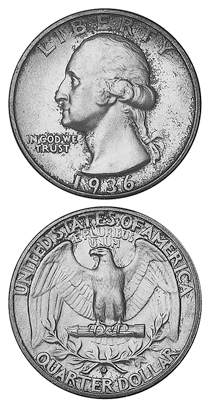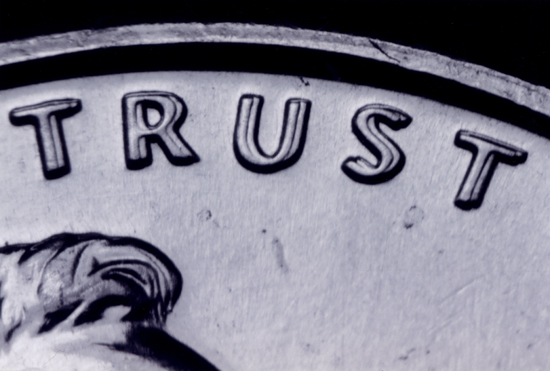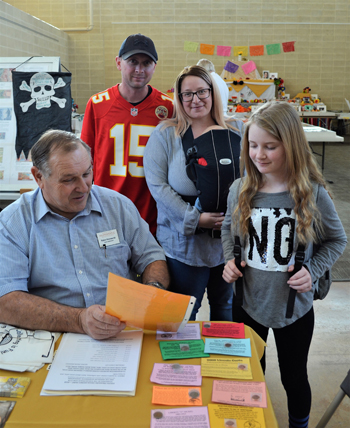Washington Quarters. The best coin I ever found in change was a well-worn 1932-D Washington quarter. This was in the late 1960s, when the old silver and new clad circulated side by side. Rims were slightly worn into the reverse lettering, but it wasn’t a bad-looking coin, and besides, it was the key to the series.
Washington quarters have been minted since 1932, over 85 years now. It’s a big set with many different ways to collect. Grading is not that difficult, and there are no full heads or split bands to deal with. Quarters are the workhorse coin in commerce, with no higher value coins circulating. Washington quarters are plain and simple and have been taken for granted by collectors.
Such a large set, with so many different dates and mintmarks, can be collected a number of ways. When I began collecting, one of the most popular ways was the short silver set, from 1941-1964. The coins were all 90 percent silver. There were no truly rare pieces. Quite a few could still be found in change or even stashed away in an old piggy bank.
Quarters with the “S” mintmark were sought after and were good finds in the Midwest. Nearly anything with an “S” mintmark would be put away.
Back in the day, quarters of many dates were found. After the great silver melt of 1980, it’s impossible to know how many of these silver coins still exist. Quarters that were common in the 1960s may still be common dates now, but some may have had a low survival rate.
I recall many 1943-dated quarters turning up. This was a World War II year with a healthy mintage. I noticed the “3” in the date looked different. Not a variety, but it looked different.
After most of the holes had been filled in the short set folder, it was time to look at the deluxe set, going all the way back to the beginning of the series. That 1932-D was carefully placed in its spot. Strangely, I never did find a 1932-P (or 1932-S) in change. I did find a few 1936-D quarters, a scarce date in Mint State but not difficult to find in worn grades.
There were still many quarters from the 1930s showing up. I recall seeing many from 1938 and 1939 but not too many dated 1940. The 1940-D seemed to be one of those coins that was not a famous rarity, but it wasn’t found often.
The local coin shop had a Mint State 1940-D for sale in an old 2×2 holder. It had evidently been housed in such a holder before, as a few scratches adorned the obverse field.
Washington quarters in high grades were not hard to find and were not in high demand at that time, so a good collection could be built in a short time. Maybe it was a common set, but these were silver coins, attractive in their own way, and who knew what the future market could hold?
Full sets of the 1941-1964 quarters were offered. Many of the coins showed pretty toning. Coins stored in the folders and albums for years often toned, sometimes in gold, pink, or green.
After the silver sets were completed, then came the clads. Common, unwanted clads? Putting together a clad quarter set can prove challenging.
Collectors were not thrilled with the new copper-nickel coinage. Once silver had disappeared from circulation, most people did not bother checking change and collecting coins from everyday change. The 1965, 1966, and 1967 quarters were minted in large numbers, and very few were saved. Figures tapered off quite a bit in 1968 and 1969. Most quarters of these years have done the job they were created to do – go out in commerce and be used as money.
Clad quarters can be attractive in their own way. Most proofs are nice, especially those in cameo proof.
In over 50 years of clad quarters, I have yet to see an early clad quarter with the rims worn into the lettering, something often seen on silver issues. But really attractive coins with bright luster are difficult to find.
When I searched through change and bank rolls in researching my book, “US Clad Coinage,” I found a great number of early clad quarters, especially the 1967. The 1968- and 1969-dated coins were few and far between. The Bicentennial coins of 1976 were not encountered that often, but many of these were saved. A neighbor had a shoebox filled with them.
The 1982 and 1983 quarters were famous for below-average appearance. No mint sets were issued during these two years. Quarters of these dates looked battered after a short time in circulation.
Collectors began checking their change again when 1989-P quarters with no mintmark began turning up. This variety received publicity in mainstream news media. No doubt there are a few of these still out there.
The statehood quarters began in 1999. This was the first time in years that something really new was being minted for general use. People collected these quarters, looking through change and assembling sets. Many folders and albums were available.
My first state quarter was received in change in early January 1999, when I attended the annual Florida United Numismatists show. I had hoped to be the first to report finding one of these new coins, but when I brought the coin to the convention center, I learned that was not the case.
A number of varieties exist for the state quarters. One of the most popular is the 2004-D Wisconsin quarter with an extra leaf on the ear of corn. I heard a tale of a collector who walked into a local coin shop with a New Hampshire quarter struck in rotated dies and left a few dollars richer. I also heard that a number of Pennsylvania coins were struck this way. For a while, I checked every one that passed through my hands.
When the state quarter program ended in 2009, the America the Beautiful quarters followed in 2010, to continue until 2021. This series does not seem to be as popular as its predecessor.
Even now, when collecting quarters out of pocket change has faded in popularity, a few finds are still out there. Error coins, varieties, even a few silver coins still show up.
In a half century of collecting, I have known many dates, mintmarks, varieties, and conditions of Washington quarters. This set will continue, for at least a few more years, with a great history and a lot of collecting fun to be found.








I’m trying to find out what a 1932-d in almost MS is worth,and cannot get an answer.thanks.
having a great time learning and studying my finds searching is TOUGH and HARD LOVING IT JUST STARTED NUMISTIC
I have a 1963 quarter with a split in the eagles beak that makes him appear to be blowing a kiss. This is not the same as the spitting eagle as there is not any substances that look to be coming from the beak. Someone told me this coin is called a screaming eagle error is this true because I can not find any information on this particular error.